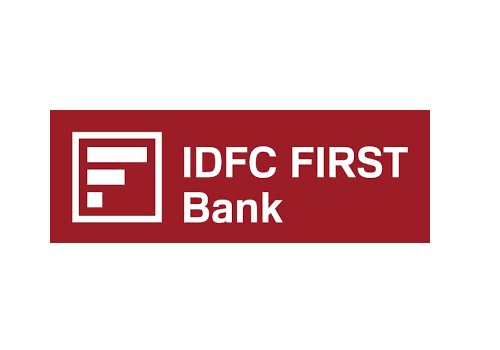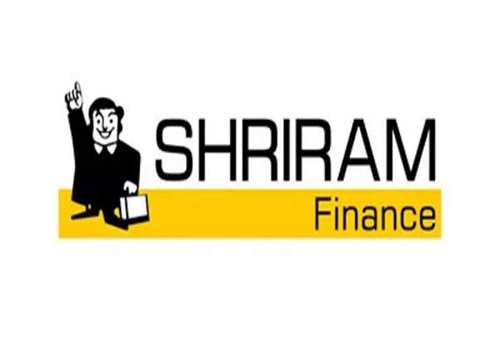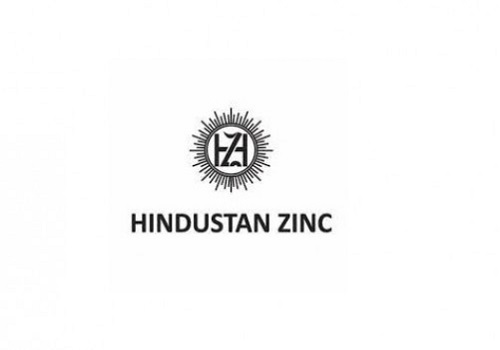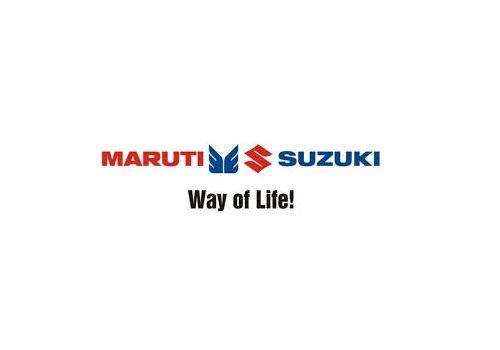Growth in AUM of NBFCs, HFCs likely to be at 9-11% in FY23: ICRA
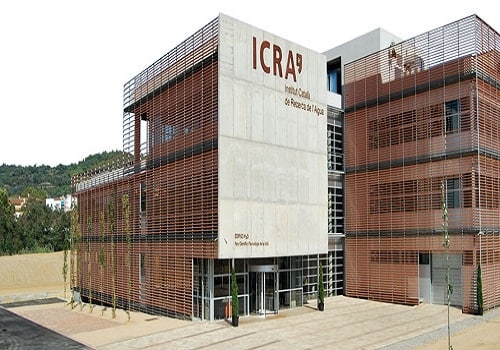
Rating agency ICRA in its latest report has said that the growth in assets under management (AUM) of non-banking financial companies (NBFCs) and housing finance companies (HFCs) is likely to be at 9-11 per cent in FY23 compared to a rise of 9.5 per cent in the last fiscal. In fiscal 2022, the rise in AUM of NBFCs and HFCs was largely driven by the steep growth witnessed in Q4 FY22.
The report said while HFCs grew close to 10 per cent, the NBFC retail segment rose 8.5 per cent and the NBFC wholesale segment by about 12 per cent in the previous fiscal. It said the sharp growth in the NBFC wholesale segment was attributable to the low base and the uptick in credit by large and parent-backed NBFCs, which increased their supply chain, capital market and other corporate exposures.
On the sector funding resources, the agency said the non-convertible debenture (NCD) issuances by NBFCs and HFCs in Q1 FY2023 hit a multi-quarter low -- around 28 per cent lower than Q1 FY2022 and 65 per cent less than Q1 FY2021. The issuances were lower by approximately 22-28 per cent compared to Q1 FY2020 and Q1 FY2019. The hike in the repo rates by the Reserve Bank of India (RBI) in May and June 2022, along with the elevated inflation prints, have affected investor appetite. While the overall issuances were affected by the sharp fall in the participation of public sector undertakings (PSUs) operating in this space, private entity issuances were also down in Q1 FY2023 on a year-on-year basis.
It said at the same time, commercial paper (CP) volumes remained range-bound for the sector over the last two fiscals. However, overall CP issuances saw some uptick in the last few months. Incrementally, in view of the increasing interest rate scenario and competitive pressures, entities may look to increase the share of short-term (ST) funding to support margin.



